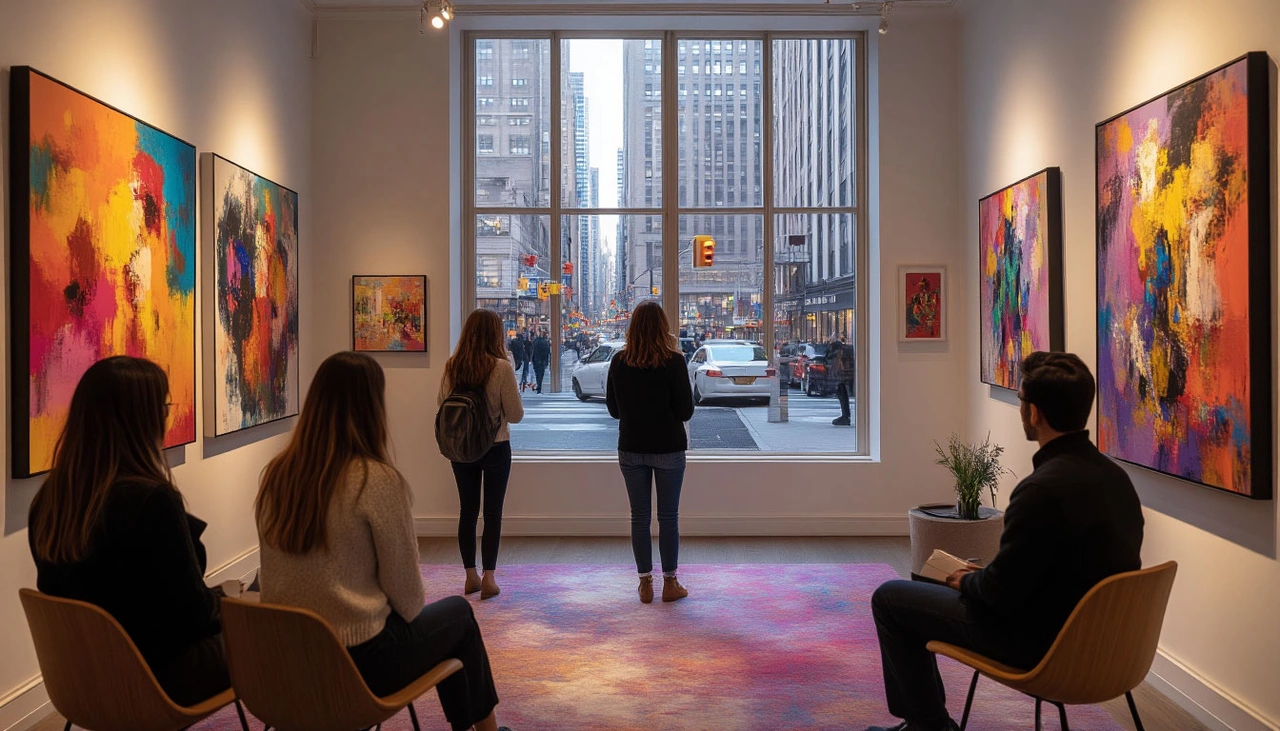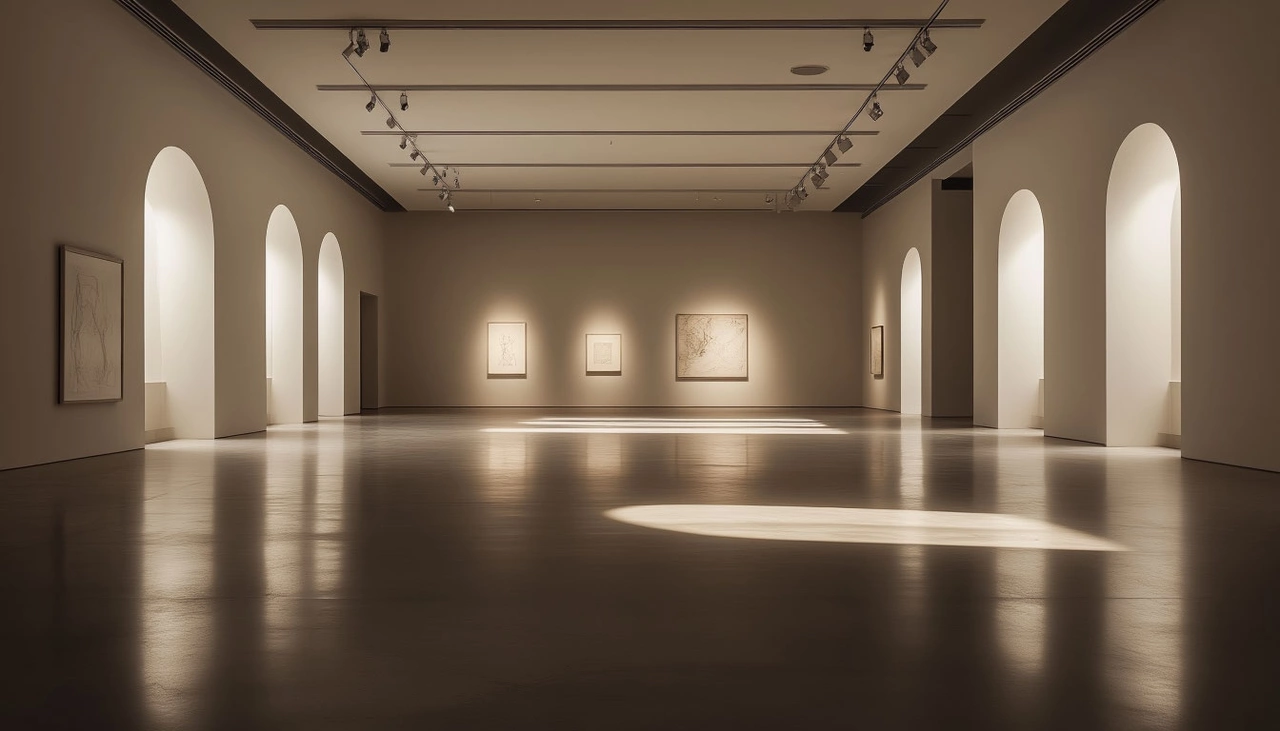🎨 Summer Group Shows Aren’t Gone — They’re Just Getting Smarter
Every summer, like clockwork, the art world collectively exhales. August has long meant a pause in programming, especially in New York, where galleries wind down before taking a break. But before that seasonal hush, there’s typically one last hurrah: the summer group show. Once a staple—sometimes thoughtful, sometimes chaotic—this format has lately drawn criticism for lacking coherence, vision, or worse, for serving merely as a sales dump for leftover inventory.
But don’t write the obituary just yet. The summer group show isn’t extinct—it’s just entering a more self-aware phase.

💡 The Summer Show’s Real Role: Visibility, Not Revolution
Speak to dealers, curators, and art advisors, and you’ll find that these shows have never really been about rewriting the canon. Instead, they function as vital nodes of visibility during the slowest time of year. They're a chance for galleries to test out emerging talent, maintain presence, and offer collectors something new—without the pressure of art fair deadlines or blockbuster solo shows.
Alex Glauber, president of the Association of Professional Art Advisors, notes that summer shows generally fall into two categories: either they push a curatorial idea forward, or they exist to maintain relationships—with artists, with collectors, with the broader community. “It’s how you stay in the conversation,” he says.

🧩 Cost vs. Creativity: The Financial Tightrope
Of course, staging these exhibitions isn’t always easy. Shipping, insurance, and consignment splits make them expensive. Galleries often work with borrowed pieces from other dealers—meaning profits are divided and top-tier works are harder to obtain. But despite tighter margins, some galleries still lean into group shows with sincerity and even playfulness.
Adam Cohen, founder of the Chelsea-based gallery A Hug from the Art World, recently debuted his first summer show curated by 14-year-old Luke Newsom. With works by heavyweights like KAWS and Raymond Pettibon, the show struck a balance between irreverence and integrity. “Just because it's lighthearted doesn't mean it’s lazy,” Cohen insists. The real success? Connection. “Group shows start conversations that might not happen otherwise.”

📚 Themes That Matter: Reading, Children, and Imagination
Many galleries are rethinking themes altogether. At Galerie Lelong, the show “Summer Reads” explores the act of reading—literally and metaphorically—with standout works by Martha Rosler and John Clang. Clang’s interactive series, “Reading by an Artist,” first shown at the Sharjah Biennial, makes its New York debut here. For director Mary Sabbatino, group shows are about opening doors—not just for artists, but also for institutions and younger galleries.
Over at Timothy Taylor, the summer show “The Kids Are Alright” brings together more than 40 artists exploring childhood from different angles. The show, curated by Helen Toomer, is expansive but tightly conceived. “Summer lets us breathe a little, try something different, and reach a new audience,” says partner Chloe Waddington.
The gallery even ditched the usual trappings—no champagne towers here. Instead? An ice cream truck. It worked. They met collectors and advisers who had never set foot in the gallery before. And yes, plenty of pieces sold too.

🚪Why Some Still Say No—and That’s Okay
Despite the success stories, some heavyweights are opting out. Galleries like Bortolami, Pace, and Andrew Kreps now skip the group format entirely. At Lehmann Maupin, partner Fionna Flaherty explains they haven’t staged a summer group show in three years. “Just because it’s tradition doesn’t mean it’s useful,” she says. Instead, they chose focused solo exhibitions, strategically timed before major institutional shows.
Flaherty isn’t against group shows—but she’s skeptical of doing them without a clear reason. “If we ever bring it back, it’ll be for something meaningful. Otherwise, it’s just filler.”

🔄 Evolving, Not Ending
Ultimately, the summer group show isn’t vanishing—it’s maturing. The days of vague themes and unsold stock may be fading, replaced by purpose-driven exhibitions, fresh curators, and ideas that embrace both seriousness and fun.
Whether it's a show built on teen vision or a curatorial dive into literature, these exhibitions are proving that summer in the art world can be more than a quiet afterthought. It can be a season of exploration, reconnection, and quiet innovation—if done with intention.
And if there’s an ice cream cone in hand while you're viewing a Pettibon? Even better. 🍦

Close